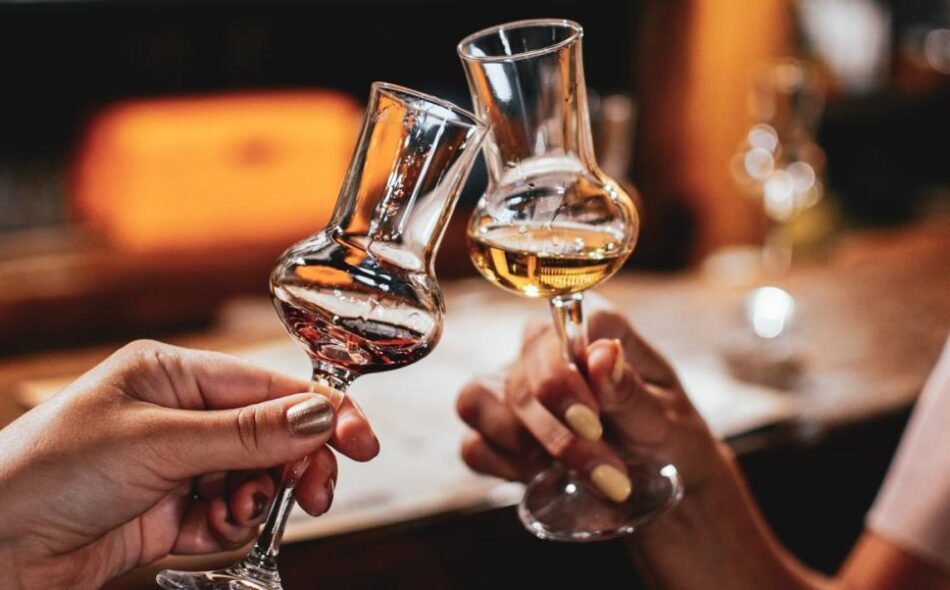Brandy is a beloved spirit that has been enjoyed for centuries. But do you know what goes into making this delicious drink? From the types of grapes used to the ageing process, several key elements exist to understand. In this guide, we’ll explore the top 5 things you need to know about brandy production and ageing so that you can impress your friends with your newfound knowledge.
Brandy is made from fermented fruit juice.
Brandy is a spirit made from fermented fruit juice, typically grapes. The juice is first fermented into wine and then distilled to create a higher alcohol content. The resulting liquid is then aged in oak barrels, giving it distinct flavour and colour. While grapes are the most common fruit used in brandy production, other fruits like apples, pears, and plums can also be used. The type of fruit used can impact the flavour profile of the brandy.
The type of fruit used affects the flavour of the brandy.
As mentioned, the type of fruit used in brandy production can greatly impact the final product’s flavour. Grapes are the most commonly used fruit and can produce a range of flavours depending on the grape variety and where it was grown. For example, a brandy from grapes grown in the Cognac region of France will have a different flavour profile than those made from grapes grown in California. Other fruits like apples, pears, and plums can also be used to make brandy, each with its own unique flavour characteristics.
Brandy is aged in oak barrels, which also affects its flavour.
Oak barrels are essential to brandy ageing and can significantly impact the final product’s flavour. The type of oak used, the age of the barrel, and the level of toasting or charring can all influence the flavour profile of the brandy. For example, brandy aged in new oak barrels will have a stronger oak flavour, while older barrels may have a more subtle oak influence. Additionally, heavily toasted or charred barrels can impart smoky or caramel flavours to the brandy.
The longer brandy is aged, the smoother and more complex its flavour becomes.
Ageing is a crucial step in the production of high-quality brandy. As brandy ages in oak barrels, it undergoes a process of oxidation and evaporation, which results in a smoother and more complex flavour profile. The longer the brandy is aged, the more time it has to develop these flavours. However, ageing too long can also result in over-oaked or overly tannic flavours. Therefore, it’s important for brandy producers to carefully monitor the ageing process to ensure that the final product has the desired flavour profile.
Brandy can be enjoyed on its own or used in cocktails and cooking.
Brandy is a versatile spirit that can be enjoyed in a variety of ways. It can be sipped neat, on the rocks, or used as a base for cocktails like the classic Sidecar or Brandy Alexander. Brandy can also be used in cooking, adding depth and complexity to dishes like beef stroganoff or fruit compote. When selecting a brandy for cooking, it’s important to choose one that is high-quality and has a flavour profile that complements the other ingredients in the dish.

